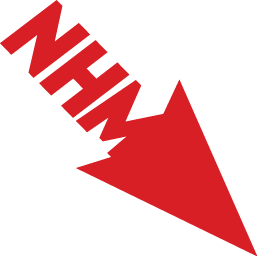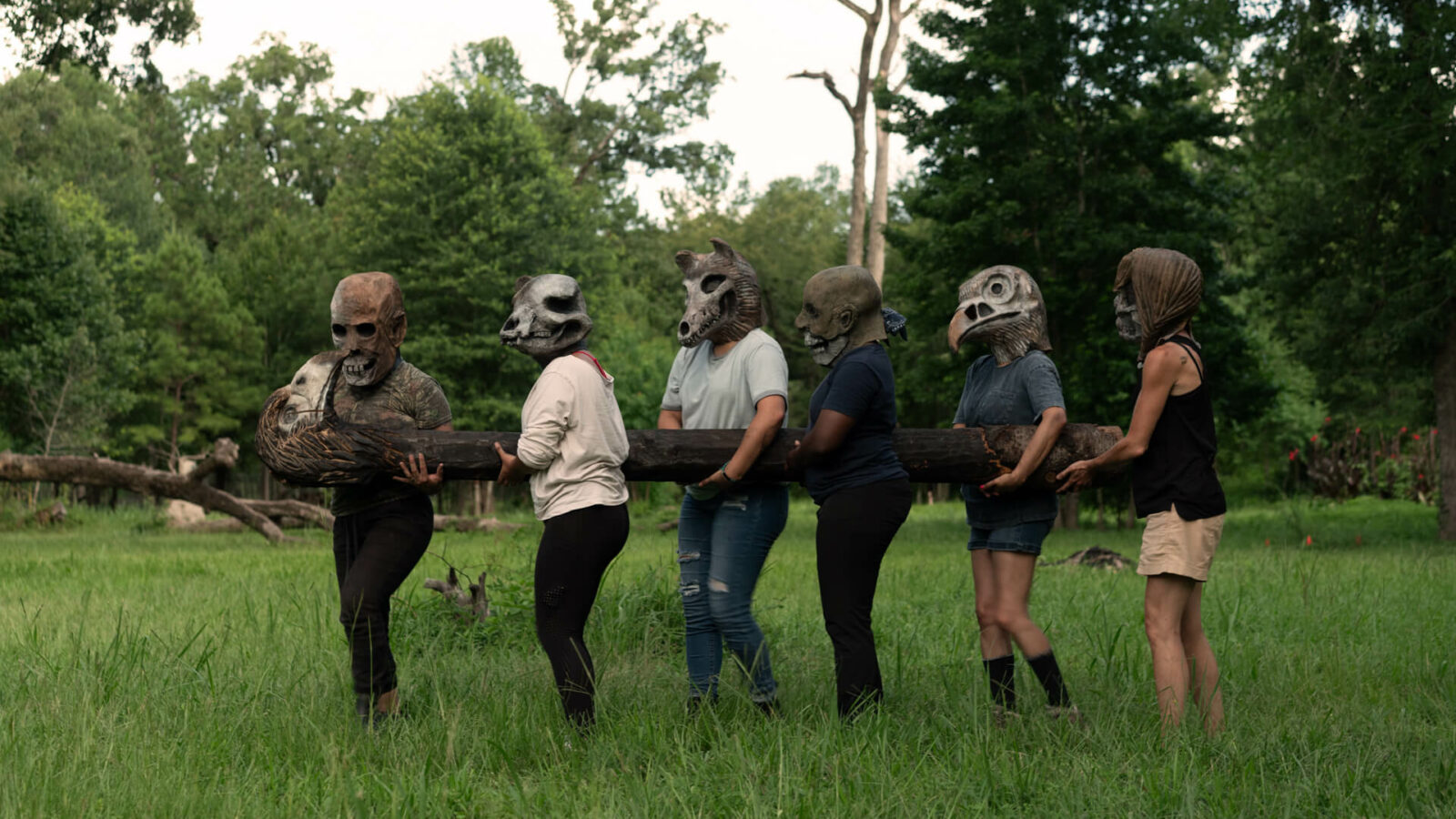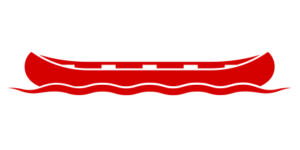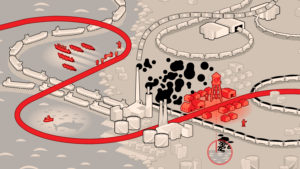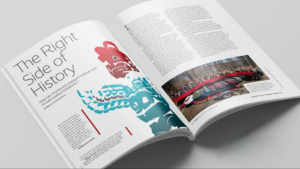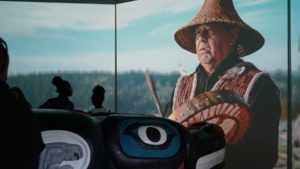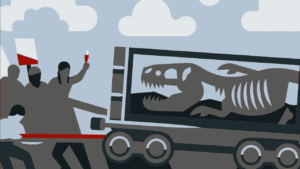You’ve read the headlines. Heat waves made for the hottest summer on record, with lives, homes and habitats ravaged by flash floods, and the noxious effects of smoke throughout the US from the largest Canadian wildfire season in recorded history. Most recently and tragically, the Maui wildfires are among the deadliest in more than a century.
And yet we find hope in the powerful and inspiring instances of resistance, resilience, and resurgence across the country:
-
- Responding to the committed struggles of Tribal Nations, Indigenous groups, and conservationists, the Biden Administration approved a 20-year moratorium on drilling and mining around Chaco Canyon;
-
- the largest dam removal in US history is underway on the Klamath River—a victory for the salmon who will finally be free to run the river as they did for thousands of years;
-
- a new national monument designation, Baaj Nwaavjo I’tah Kukveni, protects nearly one million acres from toxic uranium mining in the Grand Canyon region;
-
- and this week, 16 Montana youth, aged 5 through 22, made history by winning the first-ever U.S. climate trial, setting a powerful precedent and a key strategy for battling climate change.
We also find hope in the projects and programs we feel so privileged to produce, with communities, culture-bearers, scientists and scholars who are together making history for the future.
Below you’ll find a preview of our newest exhibition and multi-year program, one we’ve been developing with Gulf South, Permian Basin, Appalachian, and Pacific Northwest communities leading struggles to safeguard ecological and community health. We also share summer reading tips, and news from our Red Natural History Fellows, whose public speaking, publishing, and advocacy are laying the groundwork for an alternative vision for natural history—one that honors generations past, and charts the path to a just future for all life on Earth.
For the future,
The Natural History Museum
Behind the Scenes: We Refuse to Die
This summer we’ve been on the road for community site visits and filming as part of a new project: We Refuse to Die.

Across the country, communities living near oil and gas drilling, mining, and polluting infrastructure experience elevated rates of asthma, cancers, and other terminal illness. The more-than-human world and the land are likewise sick. But the communities in these so-called “sacrifice zones” have been rising up and fighting back.
Launching in a new exhibition that opens August 19th at the Carnegie Museum of Art in Pittsburgh, and incorporating videos, outdoor art installations, community-based ritual, artistic visuals for public hearings and demonstrations, cross-community gatherings and public events, this multi-city, multi-year project is forging new solidarities—across generations, geographies, and even species, metabolizing grief into collective strength and community power.
Red Natural History
Launched in the spring, our new Red Natural History program is in full swing.

Our Unfence the Future symposium brought together two dozen community leaders, conservationists, legal scholars, geographers, historians, activists, and artists, with more than 1,000 attendees from government, education, research, historic preservation, land management, environmental advocacy, and cultural institutions from across the continent. With opening blessings, songs, panel discussions, poetry, and short films, it was a riveting two-day conversation on “fortress conservation” and its enduring legacy.
We’ve heard from many of you that the recordings and transcripts are already being included in university curricula, and circulated among staff in museums, research institutions, philanthropic foundations, and other organizations.
Check out the recordings and highlights from the symposium.

We’re also excited to share news from the inaugural cohort of Red Natural History Fellows, who have been busy advancing urgent perspectives on struggles over land, water, and air—both in writing and on TV:
-
- In the widely anticipated Ken Burns documentary The American Buffalo, slated for PBS broadcast on October 16 and 17, Rosalyn LaPier (Blackfeet/Métis) makes a key appearance, sharing her knowledge and views on the complicated history of buffalo extermination and restoration. Learn more in this recently televised discussion with Rosalyn.
-
- Andrew Curley (Diné) published his first book, Carbon Sovereignty: Coal Development and Energy Transition in the Navajo Nation. Exploring complicated issues around tribal sovereignty, capitalism, and climate change, the book earned a place on Harvard’s “back-to-school” reading list. And “Dams and Tribal Land Loss in the United States”, a new study in Environmental Research Letters co-published by Andrew and geographer Heather Randall, is gaining international coverage. Check out this piece in The Guardian and a great infographic by AJ+
-
- With a deep anticolonial and antiracist critique of the global conservation movement, Ashley Dawson’s newest co-edited volume, Decolonize Conservation, presents an alternative vision—one already working—of the most effective and just way to fight against biodiversity loss and climate change. His forthcoming book, Environmentalism from Below, takes readers inside the global grassroots movements defending the environmental commons and forging just and sustainable ways of living on Earth. Out in January, you can pre-order it here.
-
- Digging deeper into the intergenerational struggle for a world beyond extraction, Kai Bosworth and Charmaine Chua’s new edited issue of the geography journal Antipode examines the long-standing activist tool of the blockade, among the most ubiquitous and effective tactics mobilized by water protectors and land defenders across Turtle Island. Read their special issue.
-
- Indigenous resistance is a central thread at the upcoming Socialism 2023 conference in Chicago and live-streamed this September 1-3. Tune into a special lecture by Dina Gilio-Whitaker (Colville Confederated Tribes) on “Legitimacy, Accountability, and Belonging in the U.S. Settler State,” where she’ll join Naomi Klein, Ruth Wilson Gilmore, Olúfẹmi O. Táíwò, Astra Taylor, and other esteemed thinkers and activists to chart a path to a more just and liveable future. RSVP for the virtual program.
-
- And lastly, on the question of how Red Natural History—as an emerging concept and practice— might help shape the world to come, Billy Fleming is seeking contributions to a new issue of the Journal of Architectural Education titled “Worlding. Energy. Transition.” Check out the Call for Papers and join the conversation!
Summer Reading
There is still time for more summer reading! Published this year, these books and essays feature The Natural History Museum’s work, alongside other creative practices at the intersection of art, activism, and the environment:
-
- Lisa E. Bloom’s Climate Change and the New Polar Aesthetics: Artists Reimagine the Arctic and Antarctic, out with Duke University Press. Check out this written interview with Lisa.
-
- Artist and curator Oliver Ressler’s new book Barricading the Ice Sheets features amazing new essays by scholars Andreas Malm, T.J. Demos, and others. In this published conversation, Oliver and The Natural History Museum’s Steve Lyons explore how artistic strategies can help us glimpse potential futures and new worlds grounded in social justice and ecological flourishing.
-
- Out this month in Social Text Journal, check out art historian Gavin Grindon’s new essay on museum activism, “Curating with Counterpowers: Activist Curating, Museum Protest, and Institutional Liberation.”
- If you have library access, you can read Ashley Dawson’s new essay in World Art, “The Work of Art in the Age of Extractivism”, which takes a deep dive into our history of museum activism, creating a productive dialogue between The Natural History Museum’s traveling “museum for the movement” and the direct actions of New York’s Decolonize This Place.
-
- And lastly, take a look at veteran organizer and movement strategist Ken Grossinger’s new book Art Works: How Organizers and Artists Are Creating a Better World Together, a practical guide to creative activism, with insights from grassroots leaders and luminaries such as Ai Weiwei, Cortland Cox, Jackson Browne, Elizabeth Alexander, as well as The Natural History Museum’s Beka Economopoulos.
Thank you!
The Natural History Museum leverages the power of history, museums, monuments, and movements to change narratives, build alliances, educate the public and drive civic engagement in support of community-led movements for climate and environmental justice. Our programs are made possible thanks to support from 4Culture, ATALM, Chorus Foundation, Hewlett Foundation, Invoking the Pause, Myer Memorial Trust, National Geographic Foundation, NEH, Resource Legacy Fund, and countless individuals.
Please consider making a tax-deductible contribution today! Your support goes a long way.
